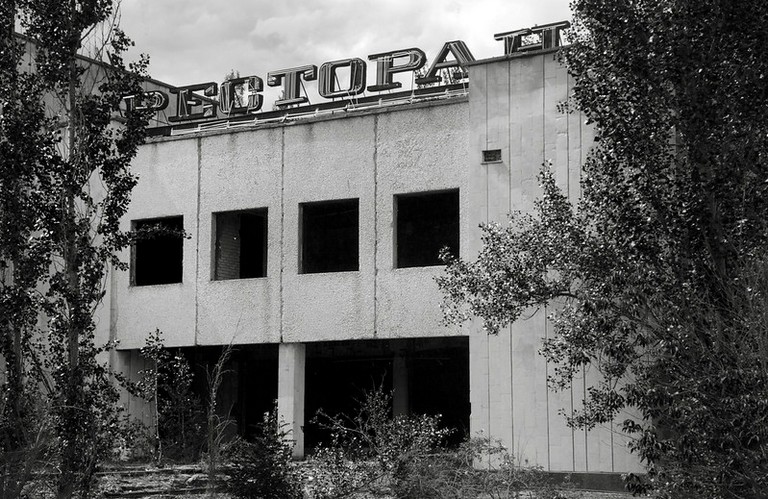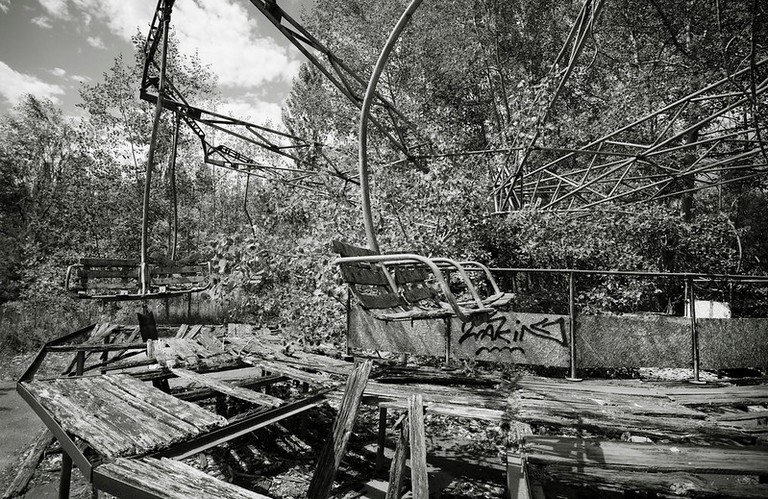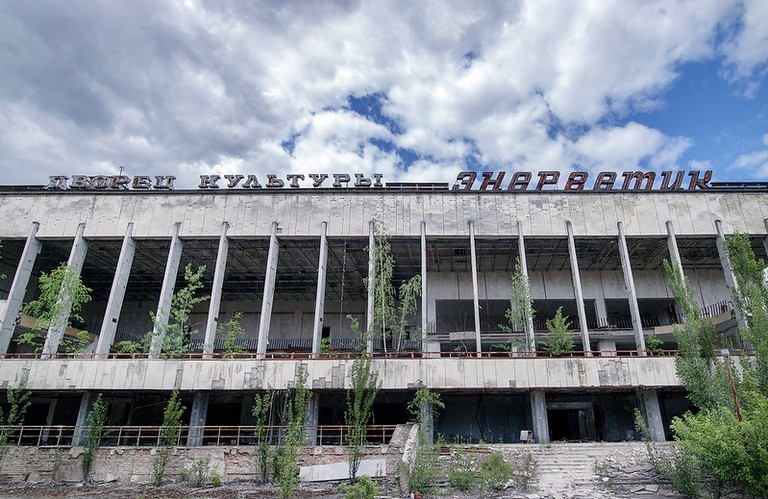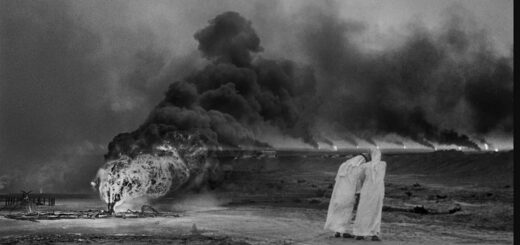Chernobyl, Ukraine, Nuclear Accident – April, 1986

An accident at the Chernobyl Nuclear Power Station triggered a enormous environmental disaster The reactor in one of the units lost its cooling water, heat built up, and radioactive gas burst out and spread all over Europe and parts of the USSR.
The Chernobyl nuclear power plant near Kiev in the Ukraine, formerly a state of the Soviet Union, was the pride of the country’s nuclear power program The Chernobyl nuclear disaster, which occurred in 26 April 1986 in Pripyat, Ukraine, is considered one of the most shocking nuclear accidents in history. The incident took place at the Chernobyl Nuclear Power Plant during a late-night safety test, where a combination of design flaws, operator errors, and a lack of safety precautions led to a catastrophic explosion in Reactor 4.

The explosion released a massive amount of radioactive material into the atmosphere, contaminating a large area and affecting millions of people in Ukraine, Belarus, and Russia. The immediate impact included the evacuation of nearby residents and the formation of the Exclusion Zone, an area still restricted today due to high radiation levels. The Chernobyl disaster had severe health consequences, leading to an increase in cancer rates, particularly thyroid cancer, among those exposed to the radiation.

It also resulted in long-term environmental damage, affecting agriculture and wildlife in the region. The international community responded by implementing safety measures in nuclear power plants and reevaluating emergency response procedures.

The Chernobyl disaster remains a symbol of the risks associated with nuclear power and the importance of stringent safety protocols in the handling of radioactive materials. The incident prompted global reflection on the need for transparency and cooperation in managing nuclear technology to prevent similar tragedies in the future.








